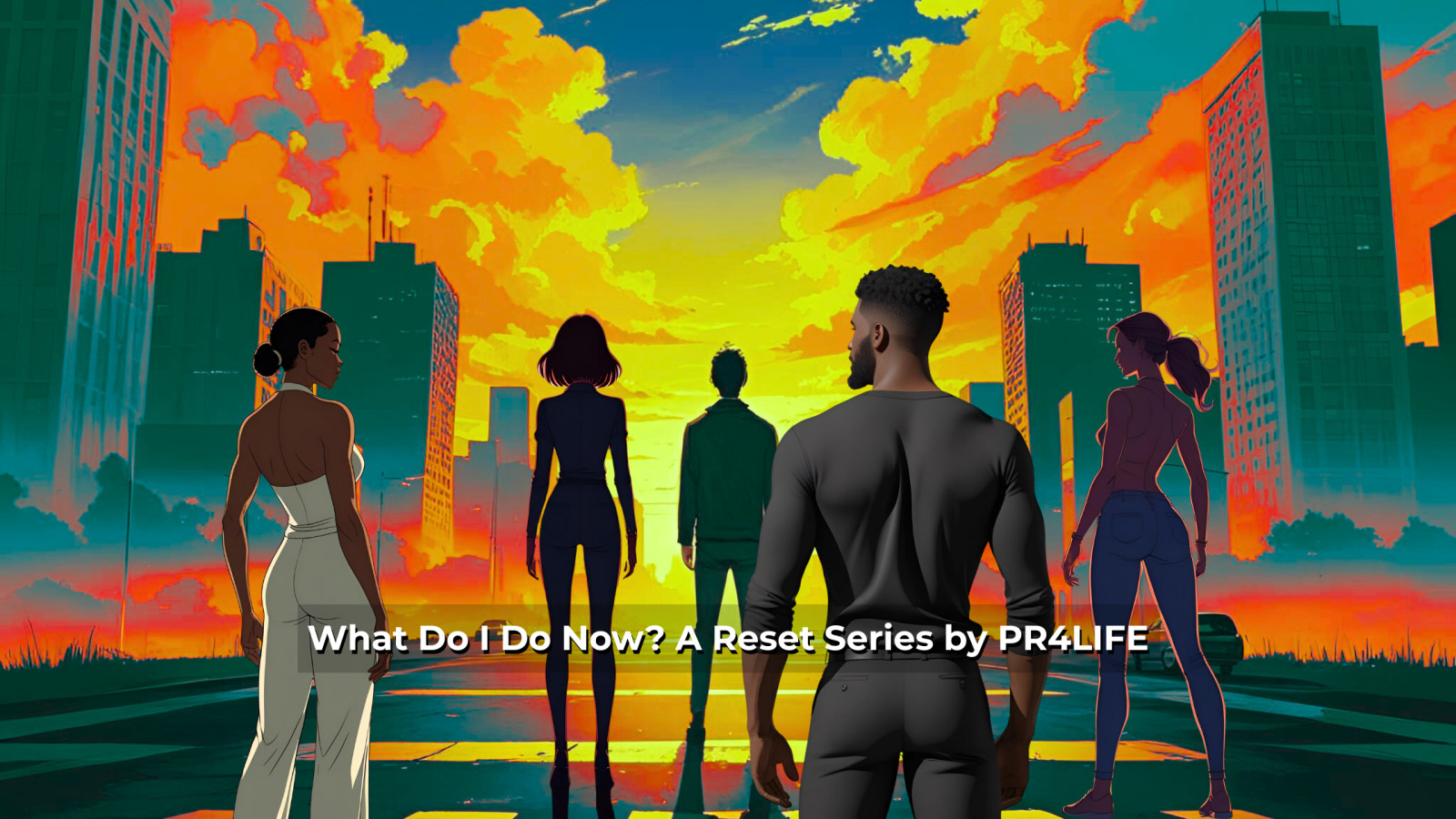
Letting Go of What Was So You Can Step Into What’s Next
We don’t always recognize grief for what it is.
We think grief only belongs to death.
But it shows up just as loud when a chapter closes. When a title falls away.
When we look around and realize that the life we were chasing… doesn’t even fit anymore.
In this series, we’ve talked about the pause. About rest. About the fear of stillness.
But underneath all of that?
There’s grief.
Not just for what happened.
But for who we were in the life that’s no longer ours.
Grief Isn’t Just for Death—It’s for Dreams Too
I didn’t realize how much I was grieving until I stopped running.
It feels like I’ve been in a grieving period that won’t end.
About six months after my father passed, I finally admitted it:
I hadn’t truly allowed myself to grieve the man who was our solid foundation.
Not because I didn’t care—but because I didn’t know how.
How do you grieve when you’re the one now holding the family together?
How do you grieve when the show of life must go on?
Just as I began facing that loss, the layoff hit.
Even though it wasn’t a surprise, it still felt like another death—another life loss I hadn’t planned for.
Now I find myself grieving the job.
The hard-earned title.
The rhythm.
The quiet satisfaction of knowing I was needed.
And if I’m honest? I’m also grieving the belief that my value came from being in motion.
From being productive.
From performing.
Because when your identity is stitched to your schedule, your hustle, your usefulness—
the pause doesn’t just feel uncomfortable.
It feels like collapse.
The caregiving is done.
The layoff has landed.
The adrenaline has worn off.
And in this silence… I’m meeting a new kind of pain.
It isn’t panic. It’s something deeper.
It’s the ache of letting go.
Not of a person—but of a version of myself.
The one who had it all figured out.
The one who knew what to do every Monday morning.
The one who was defined by output, clarity, and certainty.
That version of me… is gone.
And I haven’t yet made peace with that loss.
The Illusion of “Going Back”
There’s a voice that tells you to bounce back. To recover quickly.
To reclaim what you lost like it’s still yours to hold.
But here’s the truth:
You can’t go back to a life that required you to betray yourself to survive.
You’re not supposed to rebuild the same thing that burned you out.
You’re meant to build something new.
And the only way to do that is to release what no longer fits.
If you’re feeling the pull to go back—even when you know it’s not the life you want—my 6 Steps to a New You can help you find the clarity and courage to move forward.
Letting Go of the Life That Isn’t Yours Anymore
“Grief is not a disorder, a disease or a sign of weakness. It is an emotional, physical and spiritual necessity—the price you pay for love.”
— Earl Grollman
And love takes many forms.
Sometimes it’s love for a person.
Other times, it’s love for the identity you built—out of survival, performance, or purpose—that no longer fits the life you’re meant to lead.
When that identity dissolves, the pain isn’t just sadness. It’s disorientation.
Psychologists call this “identity grief”—the mourning that arises when a central part of how you define yourself is lost, even if you’re still physically here.
I felt this deeply after the layoff.
I hadn’t realized how much of my identity was wrapped up in my career as a television producer.
It was more than a job. It was the dream I chased—and caught.
I worked my way up from production assistant to senior producer. I built a name, a reputation, and a rhythm. I collected stories I still love to share.
And now—like with my father—I can’t make those memories anymore.
According to The Grief Recovery Method Institute, grief is often the emotional response to a change in a familiar pattern—not just a reaction to death.
“You will not ‘get over’ the loss… but you will learn to live with it. You will heal, and you will rebuild yourself around the loss you have suffered.”
— Elisabeth Kübler-Ross (adapted)
That’s what makes letting go so difficult.
You’re not just releasing a job title or a daily rhythm. You’re loosening your grip on the roles and rewards that once made you feel whole. You’re grieving the systems you learned to succeed in—even if they were slowly unraveling you.
“Grief is the conflicting feelings caused by the end of—or change in—a familiar pattern of behavior.”
— Grief Recovery Institute
According to Psychology Today, the act of letting go isn’t about giving up—it’s about surrendering to what’s true now, rather than clinging to what used to be.
Stillness has a way of surfacing those attachments.
You pause long enough, and what you fought to hold onto starts to feel heavier than you remembered. Not because it didn’t serve you—but because you’ve outgrown the version of you that needed it.
There’s grief in that realization. But there’s freedom too.
Letting go is not weakness. It’s wisdom.
It’s not erasure. It’s evolution.
Letting go doesn’t mean forgetting.
It doesn’t mean erasing the years, the memories, the meaning.
It means making peace with the fact that you’re not going back.
It’s learning to carry what matters—and release what doesn’t—so that the past becomes part of your foundation, not a chain around your future.
You don’t stop loving what was. You simply stop living in it.
And that’s what makes this kind of grief so sacred:
It asks you to hold both—gratitude and goodbye—in the same breath.
I’m learning this in real time.
There are moments I still miss the pace of production. The urgency, the flow, the camaraderie that came with building something on deadline. And there are days I still reach for the phone to call my father—out of habit, out of hope—before remembering he’s not here.
But letting go hasn’t erased those parts of me.
It’s just shown me that I don’t have to live in the past to honor it.
I can carry the lessons, the laughter, and the love forward—without dragging the pressure, the identity, or the pain.
That’s what this part of the pause is teaching me: how to make space for who I was, while finally choosing who I want to be.
“Grief, after all, is love’s proof. And letting go is its most honest expression.”
— Marvin Daye
Letting Go With Intention: The Emotional Unpacking
So how do you move through that kind of grief?
You don’t hustle out of it.
You honor it.
You name it.
And slowly—bit by bit—you begin to release it.
That truth hit hard about a week ago—on two fronts.
I was talking with my sister about my next steps. And honestly? I didn’t know what they were.
During our conversation, I mentioned I had applied for two positions—both nearly identical to the one I’d just been laid off from. I didn’t hear back from either. I told her I was disappointed. That’s when she asked:
“Why are you trying to go back?”
In that moment, two things became clear.
First, I’m not actually looking for my next job or title.
I’m looking for my next business opportunity.
When the layoff happened, I knew I didn’t want to return to the traditional 9-to-5.
Somehow, in the noise and uncertainty, I forgot that.
Second, I realized I was letting the fear of the unknown creep in.
Not to guide me—but to pull me back.
Back to who I was.
Away from who I’m becoming.
That same week, I met up with former colleagues I’d worked with for over a decade—people I respect and care for. We’ve always looked for ways to collaborate again. But this time felt different.
I wasn’t chasing the spark of a new project.
Not because I don’t value them—but because something had shifted in me.
It no longer fit.
And with that, something clicked:
I’m moving in a different direction.
I still appreciate those relationships, but I no longer need proximity, approval, or shared purpose to validate my identity.
That’s when I began to let go.
Here are four practices that are helping me release what no longer fits:
1. Get Honest About What You’re Still Holding
Start here: What are you still gripping that’s already gone?
Maybe it’s a title. A plan. A version of yourself that looked good on paper but didn’t feel whole.
Let yourself name it.
No minimizing. No “should be over it by now.”
Honesty is the beginning of release.
2. Stop Performing Closure
You don’t have to pretend you’ve moved on.
We’re often tempted to tidy up endings too quickly—to fake resolution so we can feel in control again. But grief doesn’t work on deadlines.
You don’t need a polished “I’m fine.”
You need a moment of truth.
Let yourself feel what ending this chapter actually means—before you rush to start a new one.
3. Honor What That Season Taught You
Even if it ended painfully, that chapter shaped you.
Ask yourself:
What strength did you find in the fire?
What boundaries became non-negotiable?
What values surfaced that you can’t ignore now?
You don’t have to carry the pain forward, but you can carry the wisdom.
4. Decide What You’re Not Taking With You
Grief isn’t just mourning—it’s discernment.
You’re not just leaving behind a job or role.
You’re releasing old patterns, pressure, and outdated definitions of success.
Let this be the moment you stop dragging stories that no longer serve who you’re becoming.
💡 Bonus: Bless the Becoming
This part isn’t about rushing into reinvention—it’s about recognizing the new you that’s quietly emerging.
Speak life over your future.
Name what you want to reclaim.
Make room for the possibility that this pause isn’t punishment—it’s preparation.
What About You?
What are you grieving right now?
- A title?
- A dream that didn’t work out?
- The version of you who held everything together?
What would it feel like to give yourself permission… to let go?
To grieve with intention so you can move forward with clarity?
Final Thought: Grief Is the Gateway
You’re not broken for feeling this way.
You’re not weak for being undone.
You’re grieving. And grief is the gateway to something deeper: wisdom, clarity, renewal.
This isn’t the end of your story.
It’s the sacred middle.
And if you’re willing to move through it—not just past it—you might find the life you’ve been craving isn’t ahead of you…
…it’s already unfolding inside you.
🎯 Ready to Move Through It?
The Moving Forward Package offers 5 focused sessions to help you take action now.
💬 Or book your free strategy session and let’s sort through what’s next—together.
If this post resonated, but you’re not sure your'r ready for coaching.
My new 6 Steps to a New You Mini Course is coming soon—a deeper guide to help you move forward with clarity, courage, and real change.








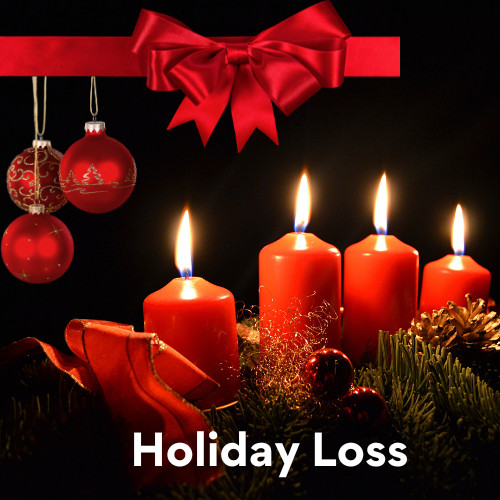
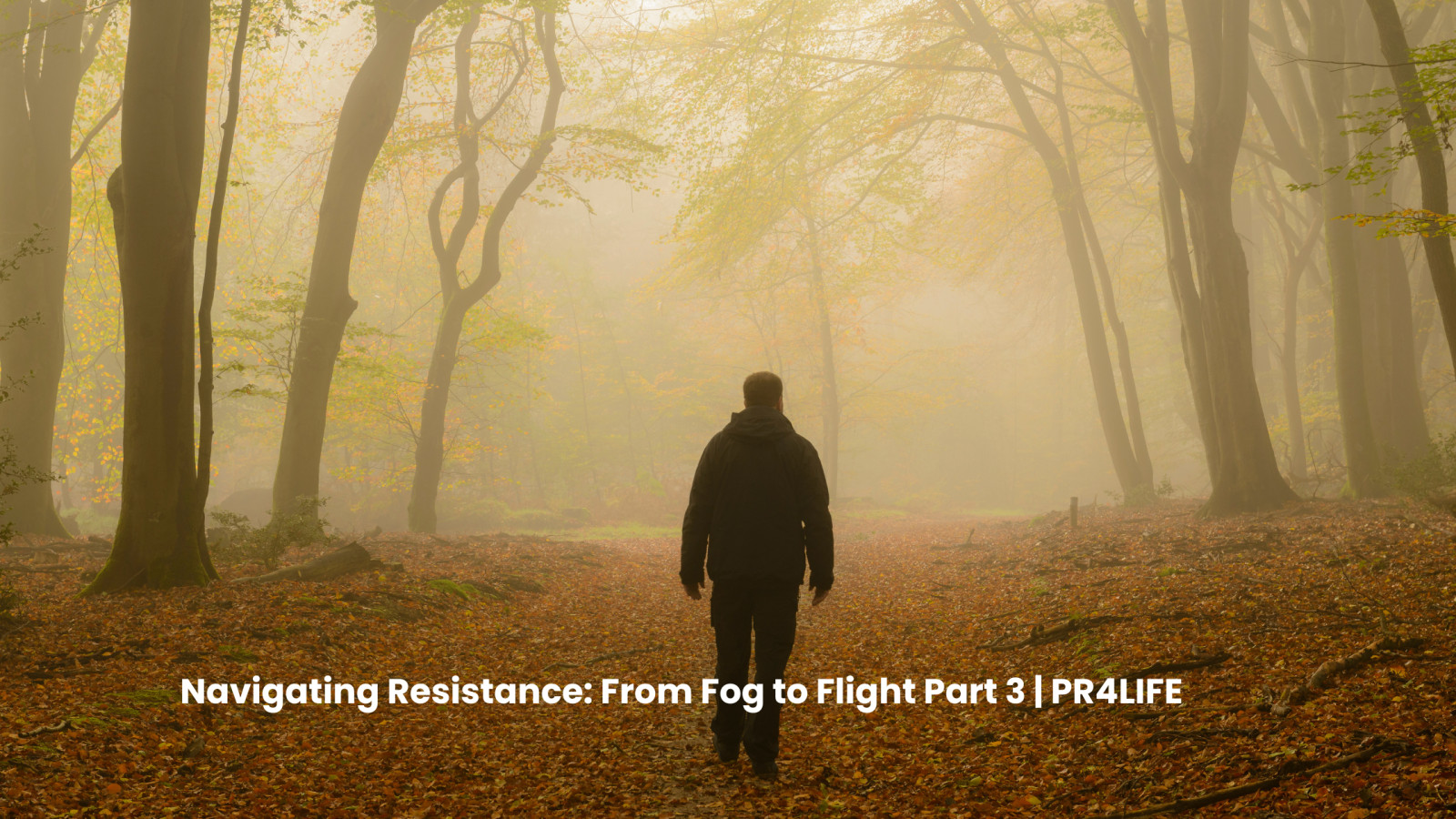
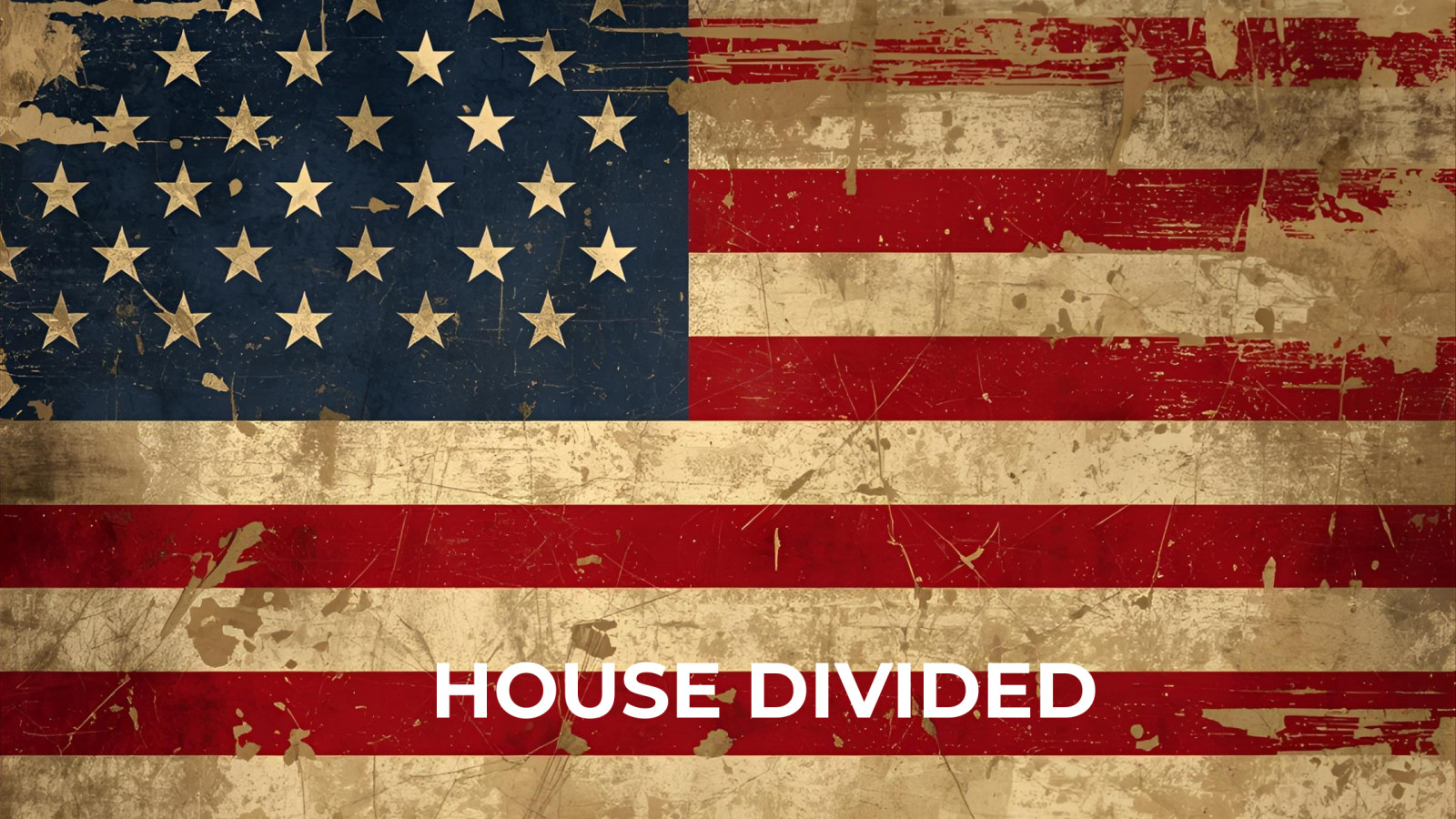
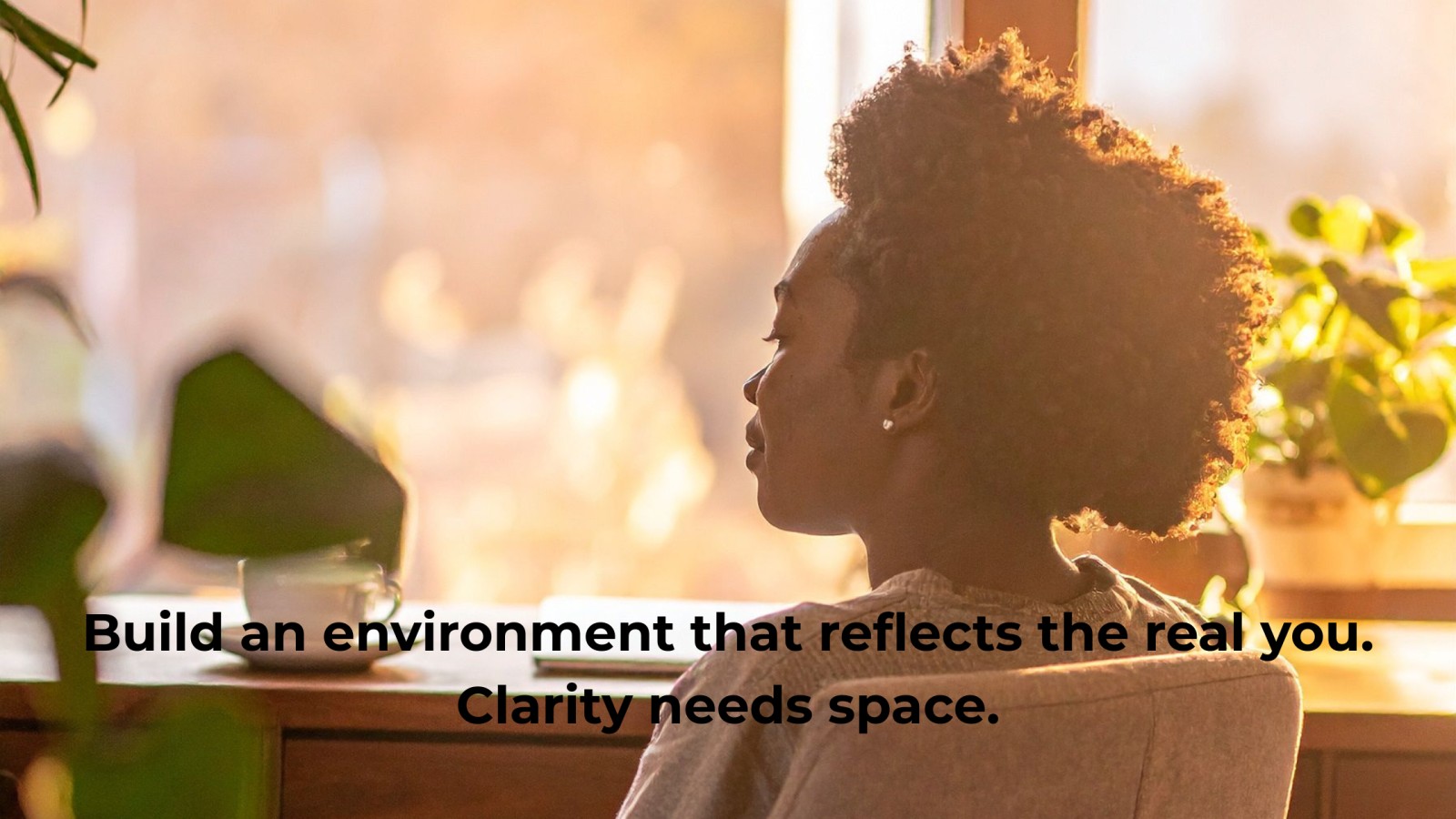


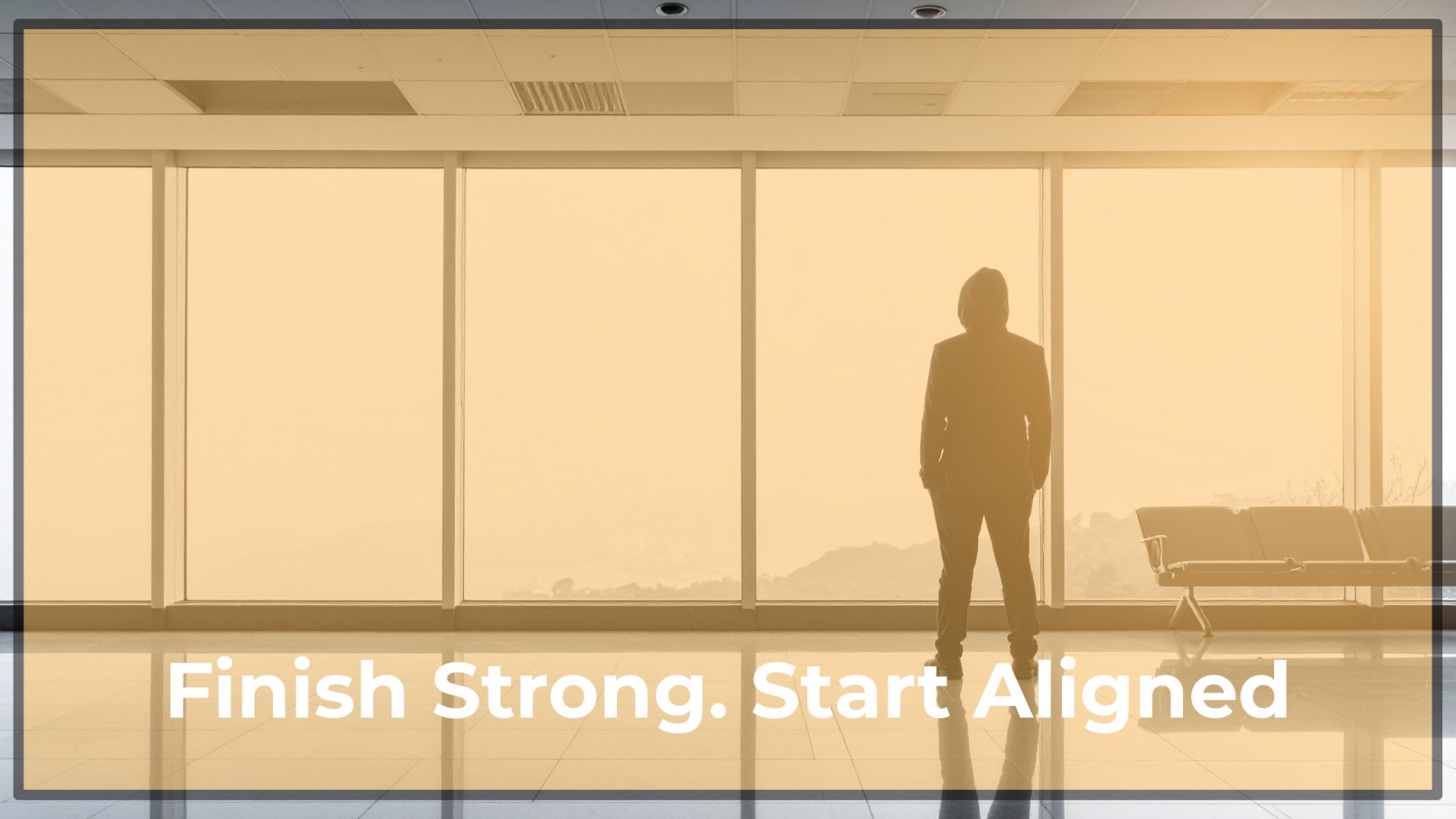
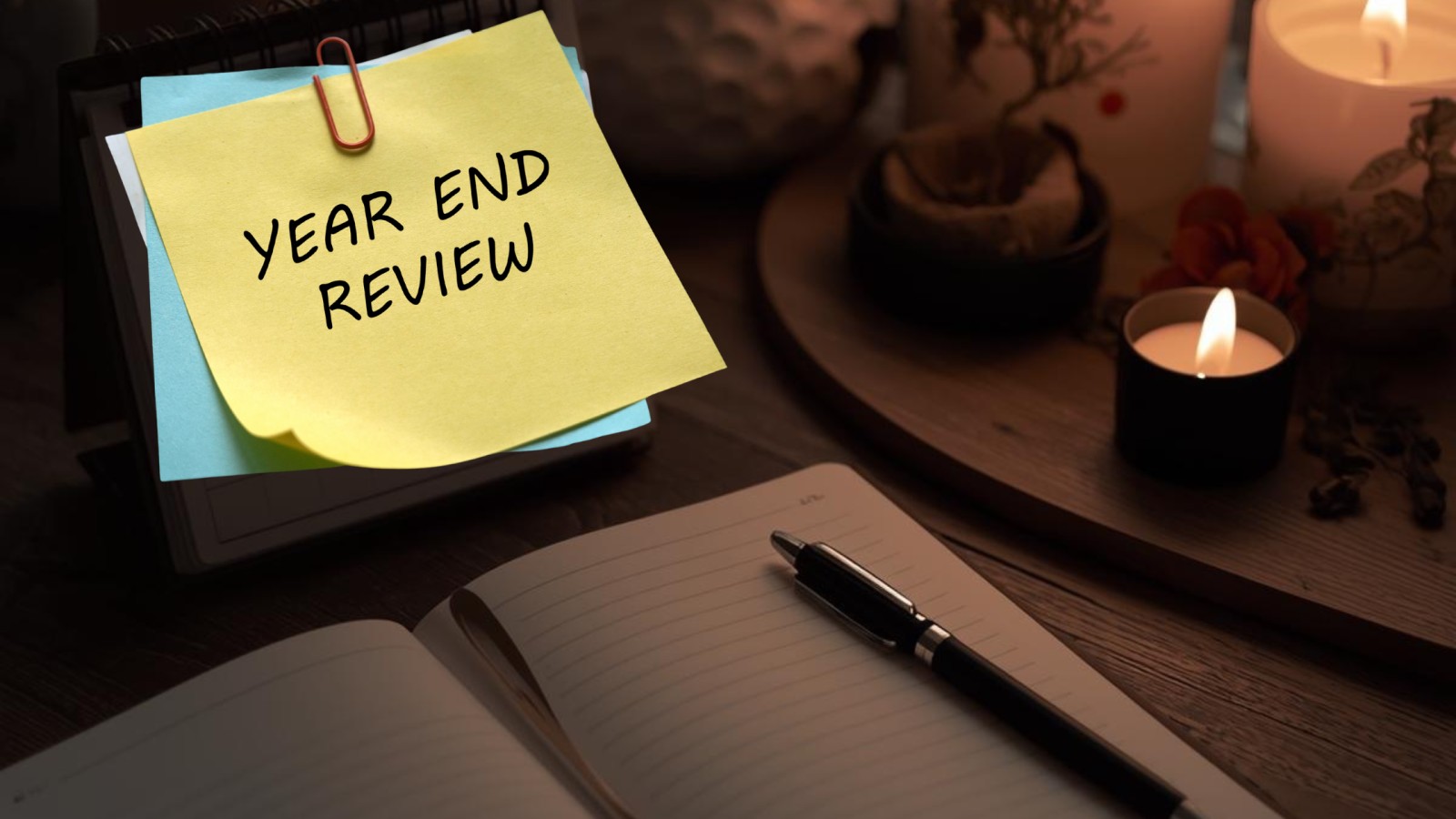
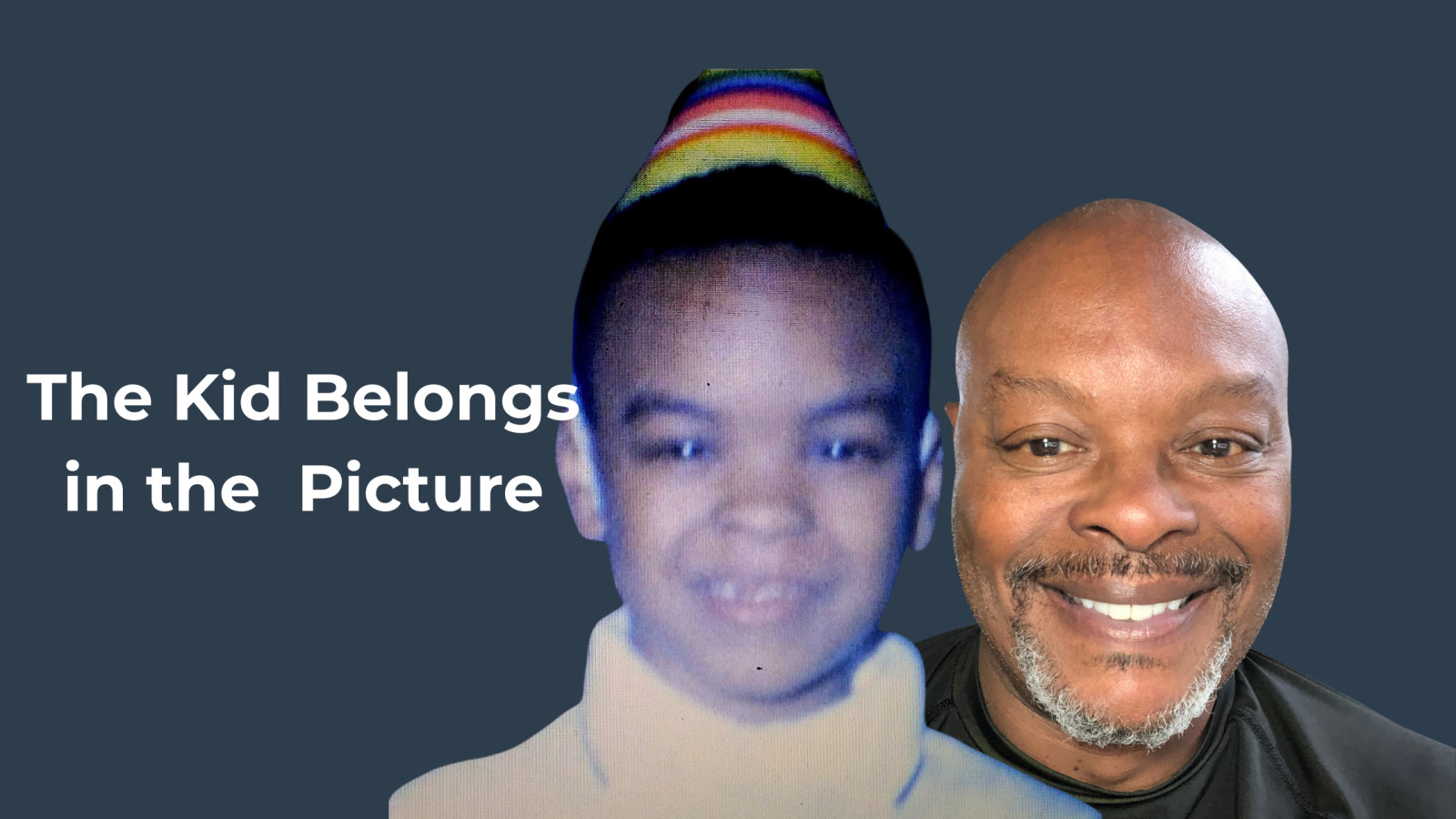
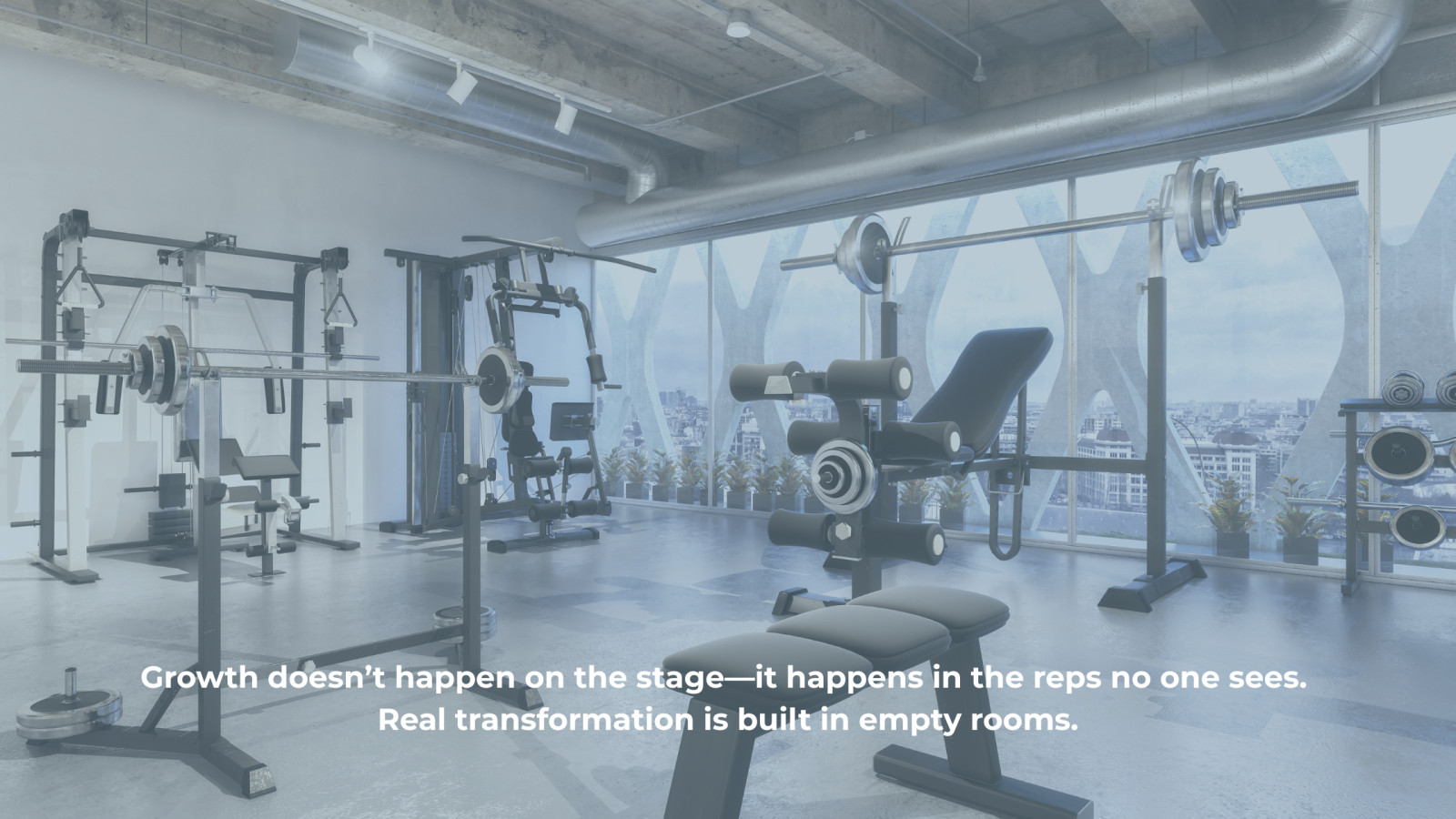
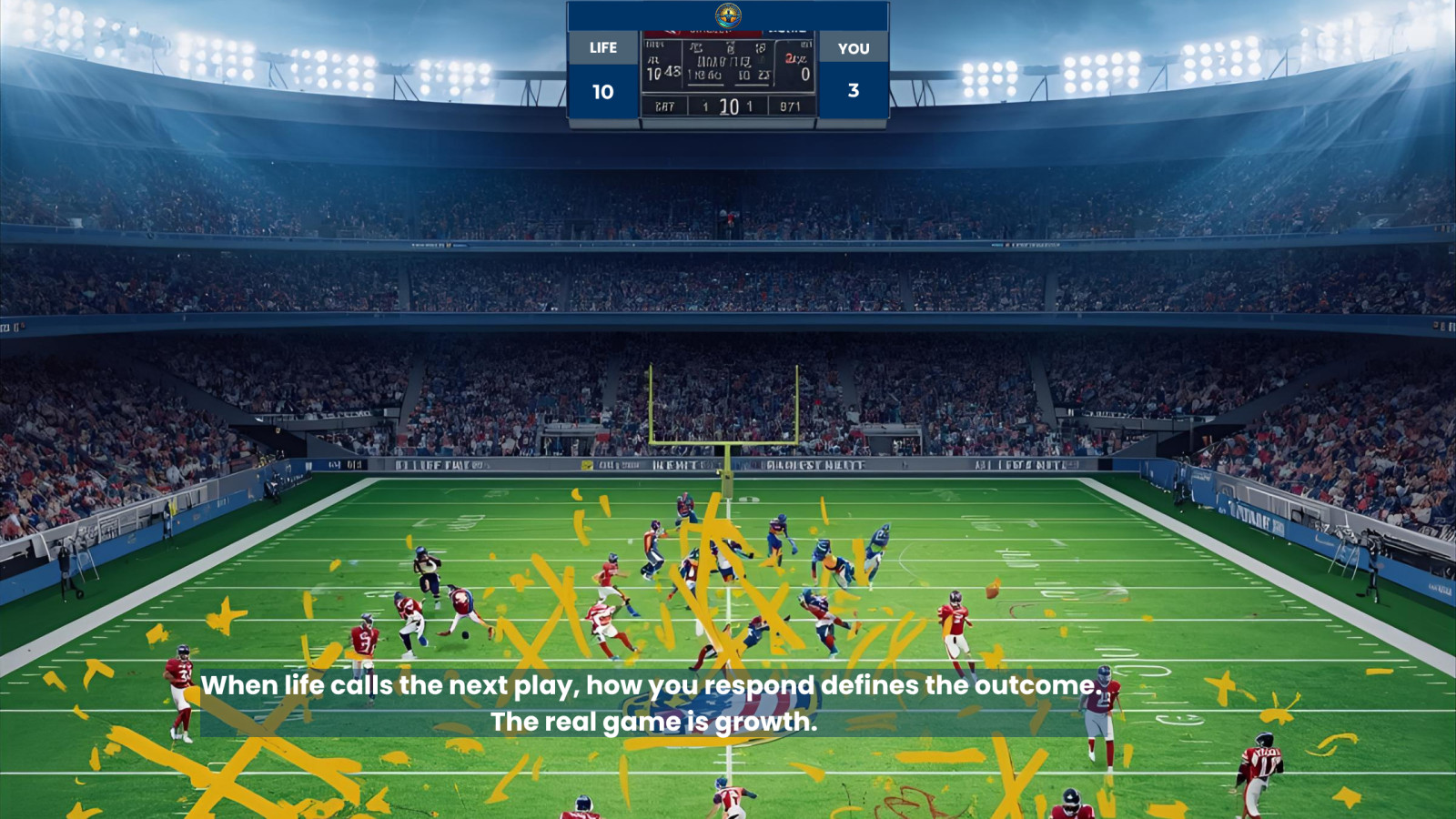
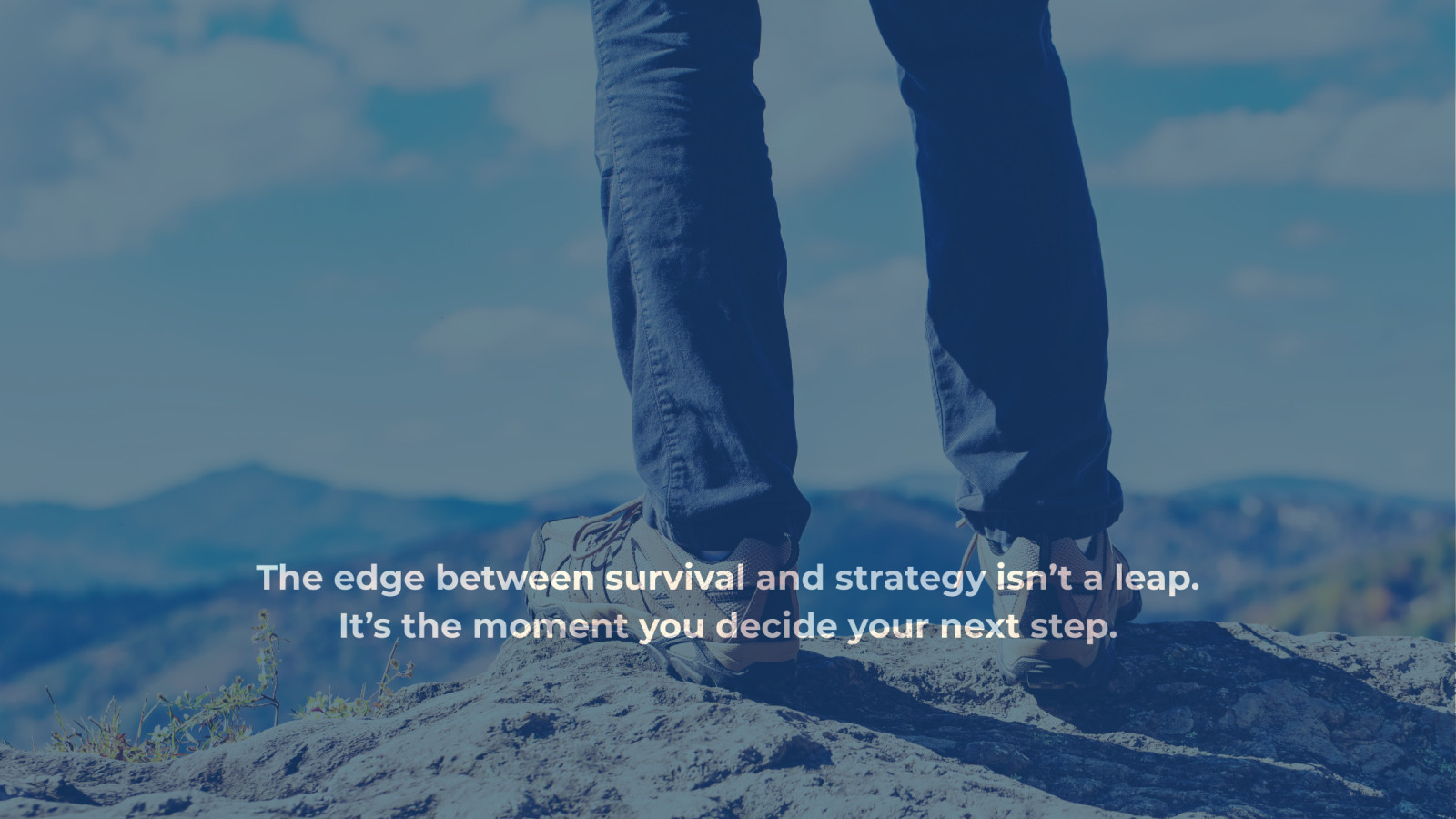
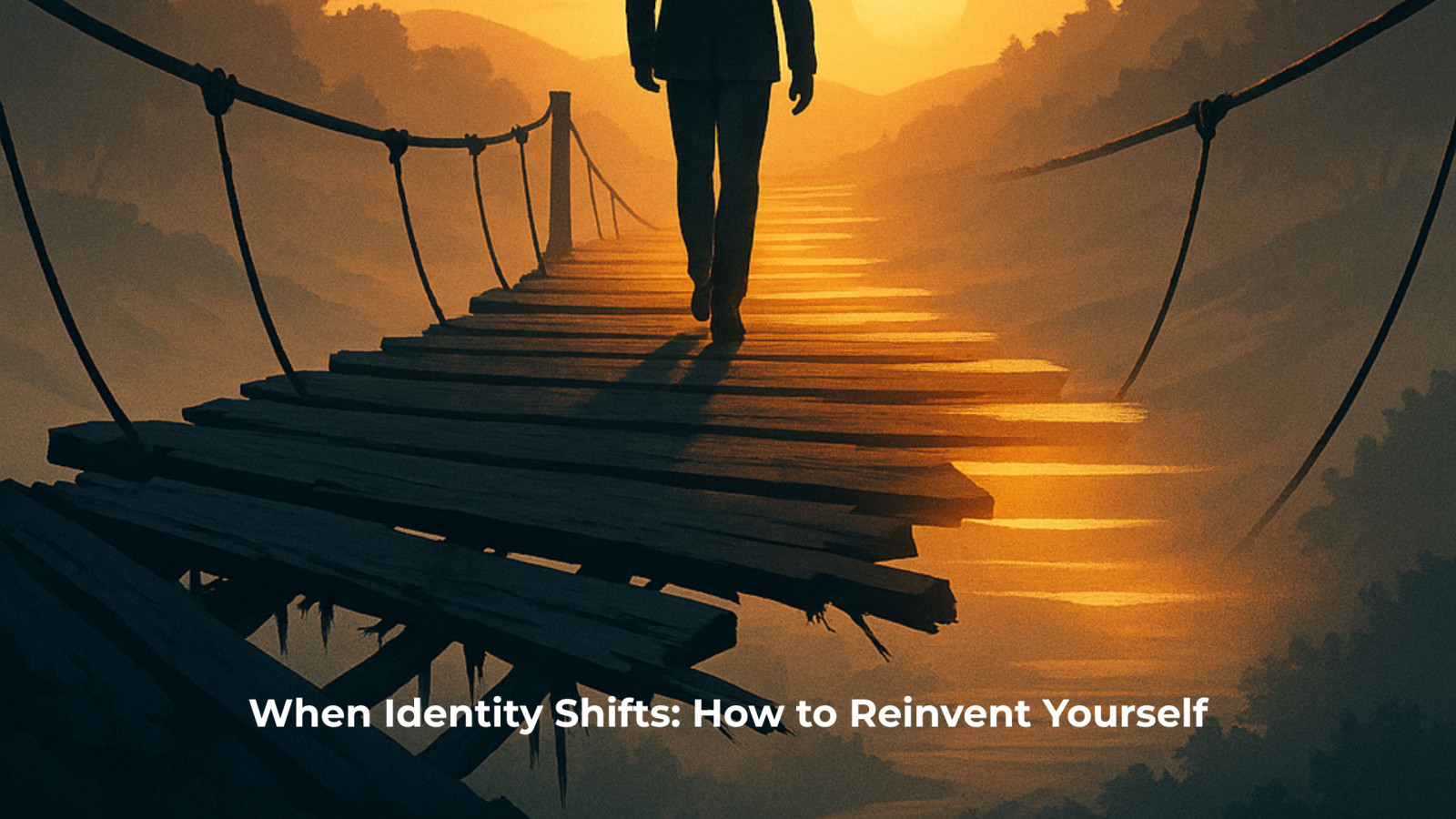
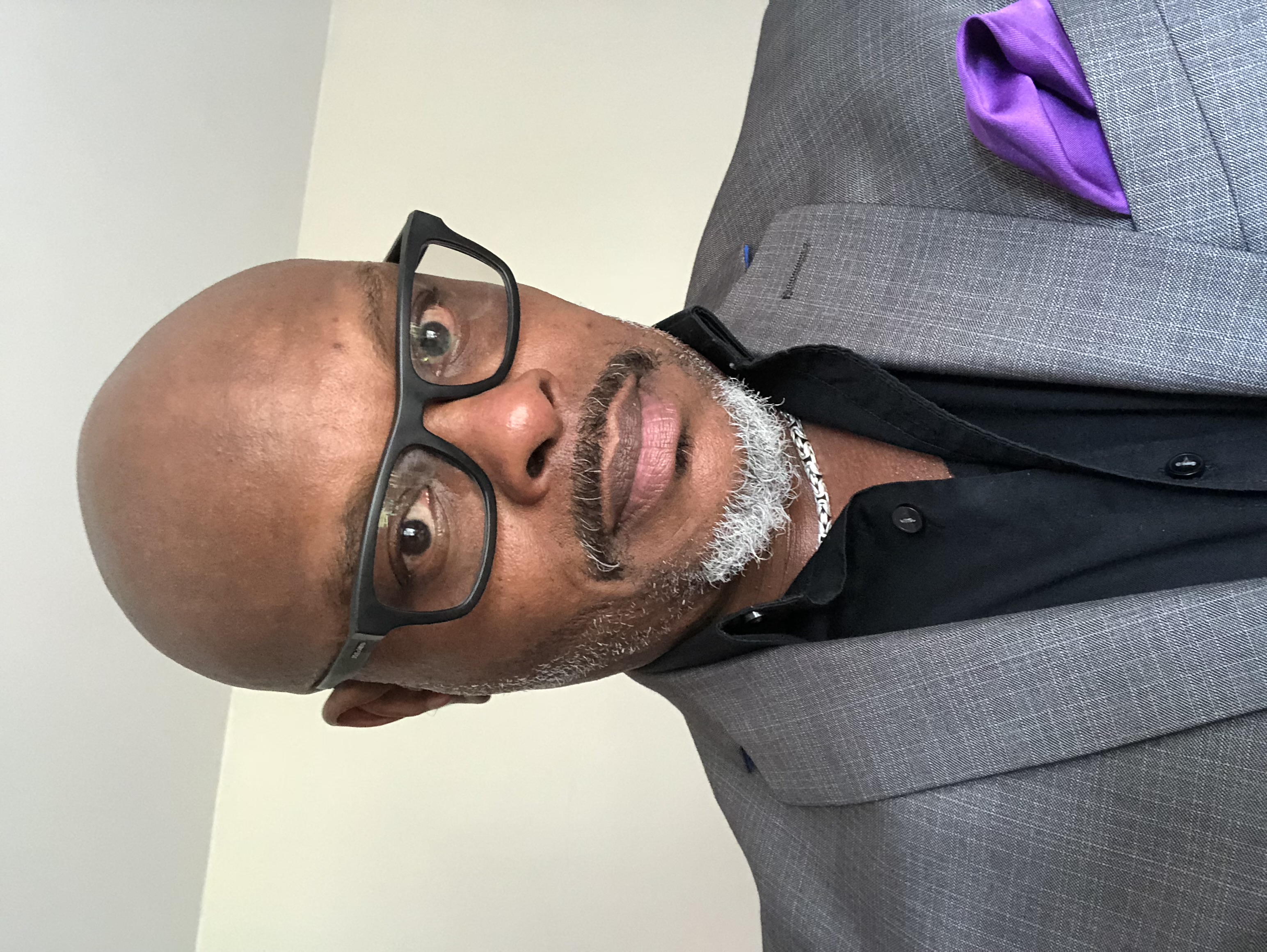
0 Comments